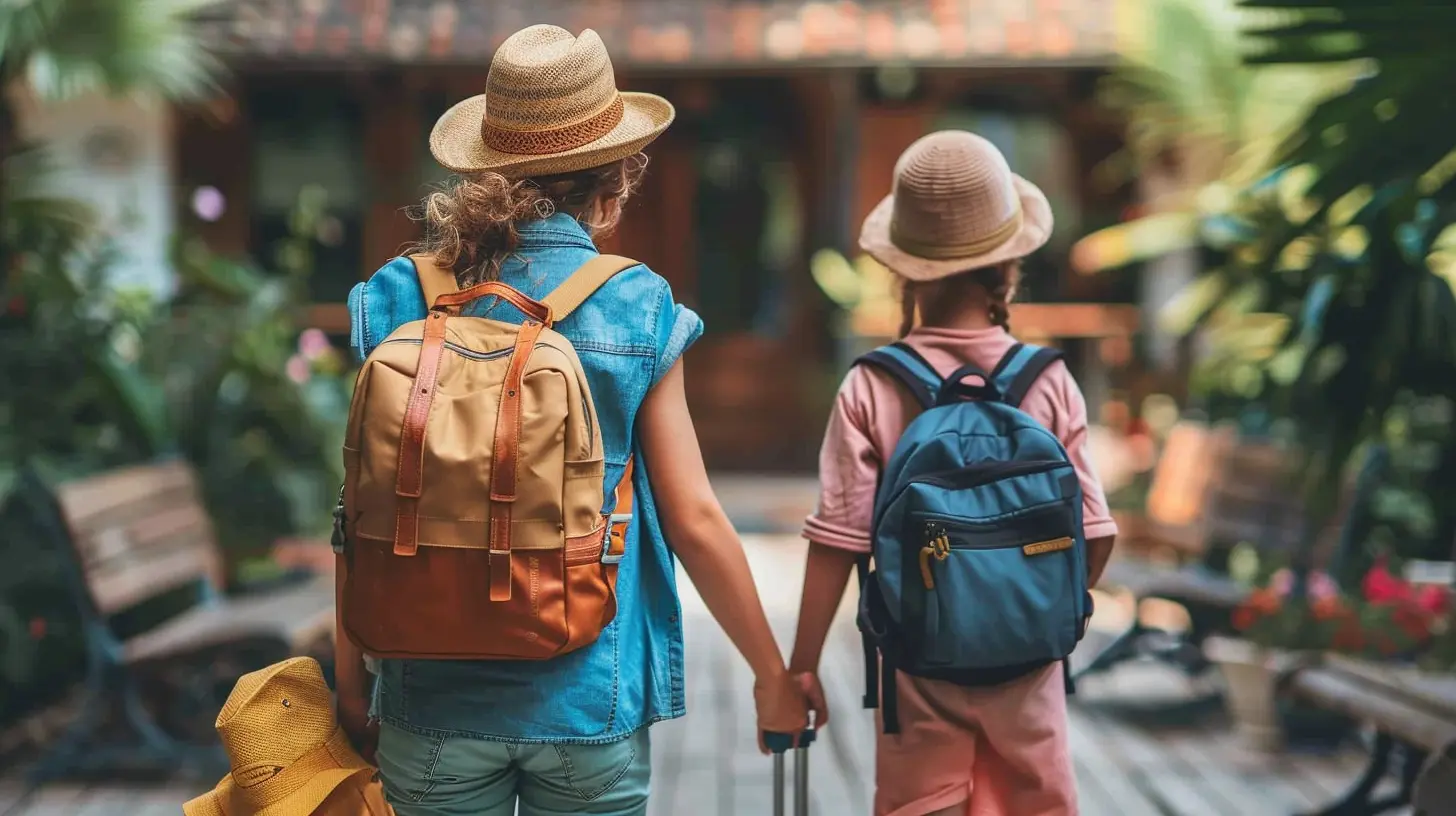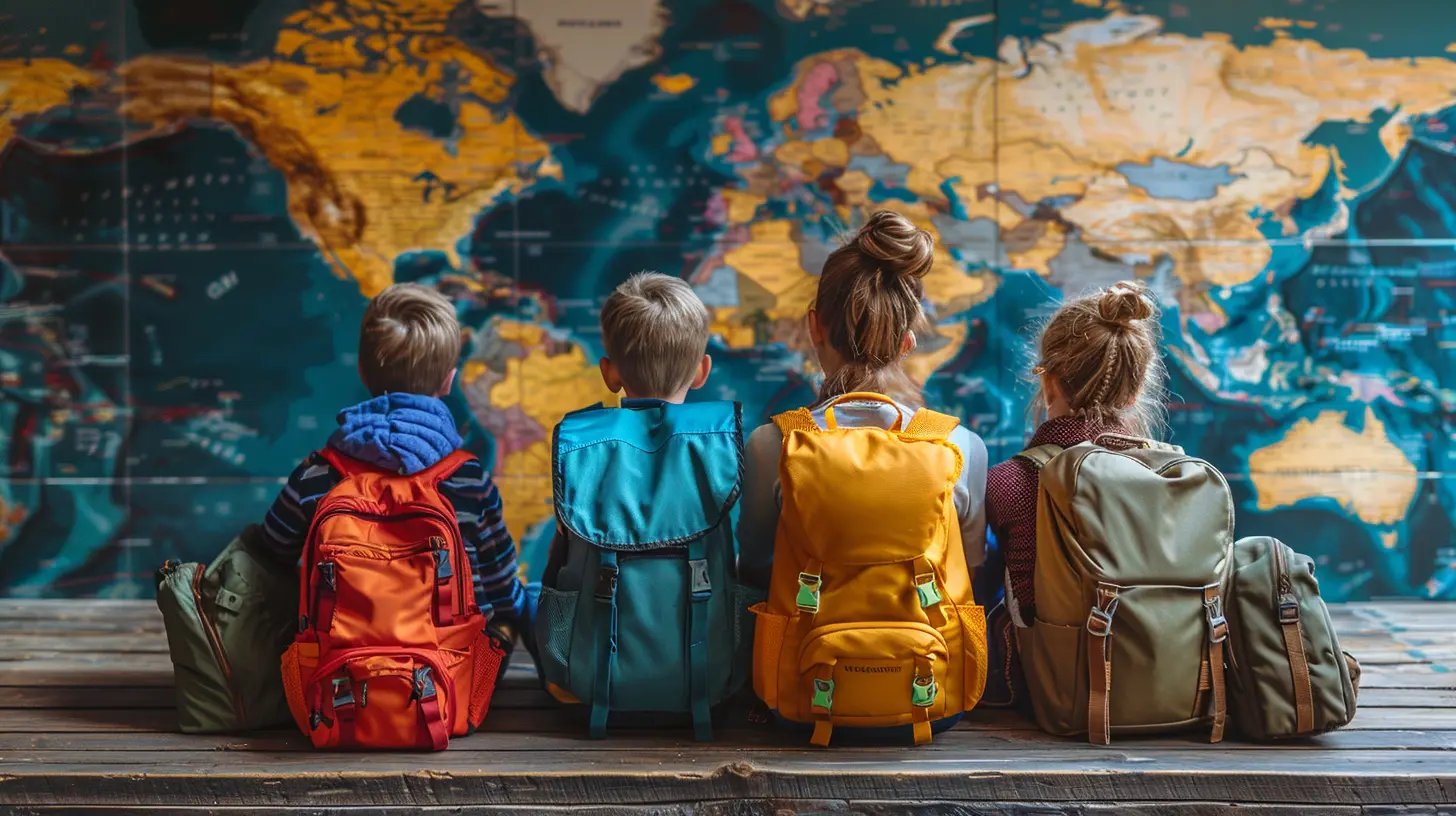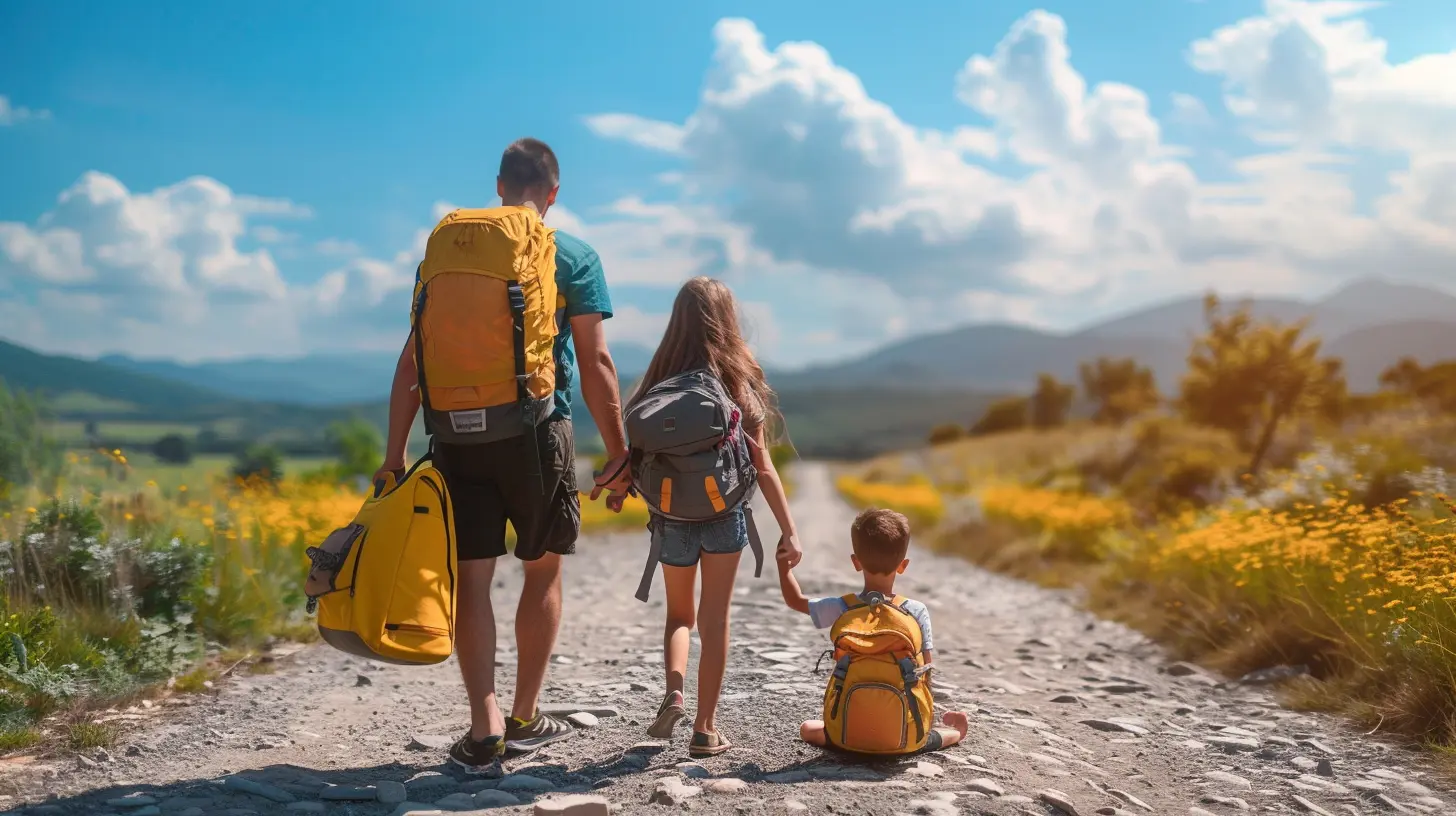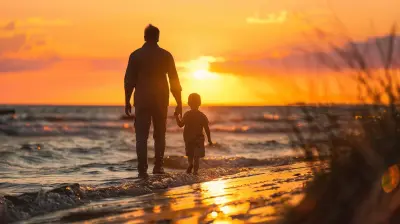How to Pack Smart for a Family Trip: A Parent’s Guide
5 October 2025
If you've ever tried packing for a family trip, then you know—it’s no walk in the park. Between trying to remember everyone’s toothbrush and making sure the baby monitor doesn’t mysteriously vanish into thin air (again), it can feel more like prepping for a week-long expedition to the moon rather than a simple road trip or beach vacation.
But here’s the good news: packing doesn’t have to be stressful. With a little planning, a few clever tricks, and the right mindset, you can pack smart, avoid meltdowns (both yours and your kids’), and actually enjoy the journey as much as the destination. Let’s walk through how to make packing less chaotic and way more manageable.
Why Smart Packing Matters
Before we dive into the how-to, let’s talk about the why.Smart packing isn’t just about fitting everything into one suitcase like a Tetris master (although kudos if you can do that). It’s about working smarter, not harder. You want to bring everything you need—without overpacking or forgetting the essentials. Because let’s face it, no parent wants to shell out $20 for a tiny bottle of sunscreen at a resort gift shop or explain to their toddler why Mr. Stuffie had to stay home.
Smart packing saves you time, energy, money, and a whole lot of frustration. It keeps everyone comfortable and happy—most of all, you.
Step 1: Start with a Family Packing List
Okay, grab a cup of coffee, and start here. The first thing you need is a personalized family packing list. Trust me, this is a game-changer.Make a Master List
Start with categories like:- Clothing
- Toiletries
- Medications
- Electronics
- Activities/Entertainment
- Important documents (passports, insurance cards, etc.)
- Travel gear (car seats, strollers, etc.)
Then break that down by family member. Assign each kid their own mini-list. Even if they’re too young to pack themselves, you’ll at least keep track of their stuff.
There are plenty of printable templates online, but nothing beats a list tailored to your family’s needs.
Use the “Rule of Three”
When it comes to clothes, three is the magic number. Three tops, three bottoms, three pairs of socks—mix and match! Add a couple of extras for the younger kids (because spills and mystery stains are inevitable), but keep it lean where you can.
Step 2: Pack Outfits, Not Items
Ever feel like you've packed everything and still have nothing to wear? That’s the result of packing random items. Instead, pack full outfits.Try This Trick:
Lay out each day’s outfit in advance. Think in terms of full sets—shirt, pants, socks, underwear. Do this for every family member (yes, even yourself because moms and dads often forget their own stuff!).Use ziplock bags or packing cubes to store each outfit. Label them by day or occasion (e.g., “Beach Day” or “Dinner Out”). This trick also makes it easier for older kids to dress themselves without digging through the whole suitcase.
Step 3: Choose the Right Luggage
Every family has different needs, but the right luggage can make or break your packing game.Rolling Suitcases vs. Duffel Bags
Rolling suitcases are great for longer trips and airports. They’re easier to organize and wheel around. Duffel bags, on the other hand, are flexible, squishy, and perfect for tossing in a car trunk.Got a mix of both? Even better. Use duffels for bulky items like shoes and beach towels, and suitcases for neatly folded clothes.
Pro Tip:
Let your kids carry their own small backpack. Fill it with snacks, a water bottle, books, toys, and a change of clothes. It gives them a sense of independence and lightens your load.Step 4: Pack a “Grab and Go” Day Bag
This one’s essential. Think of it as your on-the-go survival kit. Whether you’re flying, driving, or taking the train, you need quick access to certain things.What to Include in Your Day Bag:
- Wipes (an endless amount)- Snacks (the mess-free kind)
- Phone charger/power bank
- Reusable water bottles
- A mini first-aid kit
- A toy or two
- Headphones or coloring books
- A change of clothes for younger kids
This bag stays with you during transit. Don’t check it or bury it in the trunk.
Step 5: Don’t Forget the Little Things
It’s easy to underestimate the importance of tiny items until you really need them.Must-Have Small Items:
- Nail clippers (kids and snagged nails = drama)- Safety pins
- Extra ziplock bags (useful for snacks, wet clothes, or dirty diapers)
- Laundry detergent pods (because accidents happen)
- Plastic grocery bags (for wet swimsuits or trash)
- Travel-size hand sanitizer
Tiny tools, massive peace of mind.
Step 6: Pack for Unpredictability
Let’s face it—kids are full of surprises. That means we have to be ready for anything.Prepare for:
- Weather changes (pack layers and rain gear)- Spills (extra clothes and stain remover pens)
- Tantrums (bring comforting toys or books)
- Sickness (motion sickness bands, thermometer, fever meds)
Hope for the best, prep for the chaos. That’s the parenting motto, right?
Step 7: Keep Things Organized
Organization is key to avoiding the 6 AM meltdown when you can't find the baby’s pacifier or your teen’s charger.Use Packing Cubes
Seriously, these things are magic. Assign each family member a color or pattern to keep things separate and easy to find.Label Everything
Especially if you’re traveling with other families or using shared spaces. Name tags, luggage identifiers, monogrammed bags—they're all your friends.Use the “Unpack Without Unpacking” Technique
If you’re only staying for a few nights, don’t fully unpack. Use suitcase compartments or packing cubes like drawers. That way, nothing gets lost or left behind.Step 8: Involve the Kids
You’d be surprised how helpful kids can be when you give them a bit of responsibility (and a mini backpack). Let them help choose their outfits or pick a favorite toy or book to bring.For older kids, give them their own list and let them check items off. It builds independence, confidence, and teaches them packing skills they’ll use for years.
Step 9: Don’t Overpack
This one’s tough, especially when you’re packing for a baby or toddler. But bringing too much can weigh you down—literally and mentally.Ask Yourself:
- Can I buy it at my destination?- Do we really need five bath toys?
- Will my toddler actually play with all seven stuffed animals?
Less is more. Stick to the essentials and leave room for spontaneity and souvenirs.
Step 10: Do a Final Inventory Check
Before you zip up those bags, take 10 minutes to double-check.- Medications? Check.
- Chargers? Check.
- Travel documents? Big check.
- Comfort items (blankies, lovies, etc.)? Double check.
This last step can save you headaches later.
Bonus Tips for Traveling with Babies and Toddlers
Let’s be honest—traveling with little ones isn’t exactly a vacation. But smart packing can make a world of difference.Baby Must-Haves:
- Portable crib or travel bassinet- Extra diapers, wipes, and clothes (always more than you think you’ll need)
- Bottle warmers or formula dispensers
- Baby carrier (life-saver at airports)
Toddler Essentials:
- Favorite snacks- Tablet with downloaded shows or games
- Small blanket and pillow for napping on the go
- Familiar bedtime items to keep the routine
Remember, comfort and routine are everything at this age.
Final Thought: You’ve Got This
Packing for a family trip doesn't have to suck the joy out of the adventure. It’s all about being intentional, organized, and a bit flexible. Sure, things might not go perfectly, but with a smart packing strategy, you’ll be better equipped to handle whatever comes your way—from exploding juice boxes to missing socks.So, next time you're gearing up for a trip, take a deep breath, pull out that packing list, and remind yourself: you’re not just packing bags, you’re building memories.
Happy travels, parents!
all images in this post were generated using AI tools
Category:
Family VacationsAuthor:

Karen Hurst
Discussion
rate this article
1 comments
Orion Matthews
Packing for family trips can be overwhelming, but thoughtful organization really makes a difference in our experience.
October 6, 2025 at 2:28 AM

Karen Hurst
Thank you for your insight! Organization truly is key to a smoother family travel experience. Happy packing!


